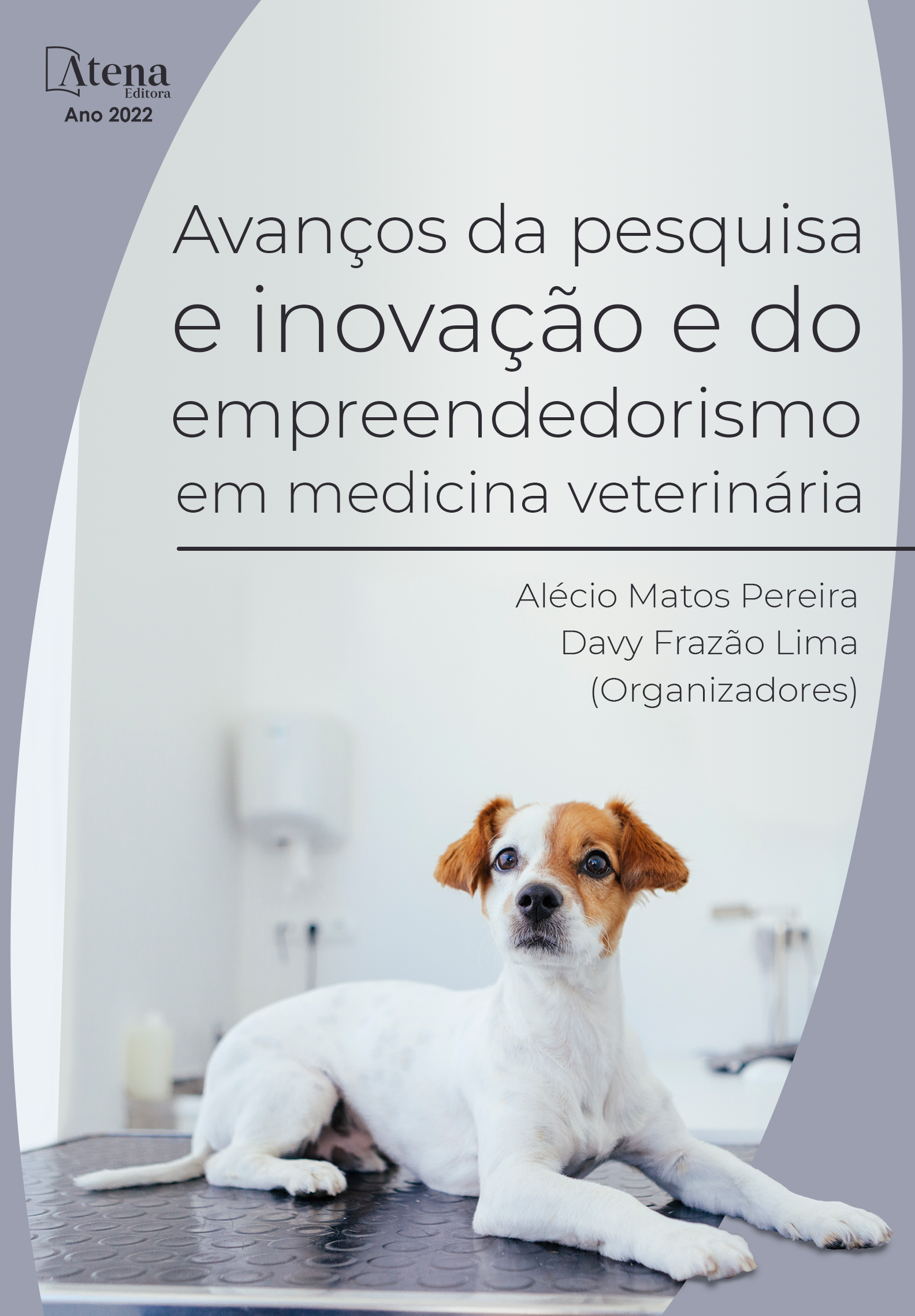
LEGISLAÇÃO DE QUALIDADE DO LEITE - O’QUE MUDOU COM A IN 76 E 77?
Atualmente as normativas que vigoram sobre o leite cru refrigerado, o leite pasteurizado e o leite tipo A são a IN 76 e 77(2018),
que trazem ao produtor de forma clara e sucinta informações que anteriormente causavam dúvidas aos produtores de leite. A IN 51(2002) foi a
primeira normativa a descrever os requisitos para garantir a qualidade do leite, trazendo os parâmetros microbiológicos significativos e
regionalizados, possibilitando que o norte e nordeste acompanhasse a mudança com um prazo maior. A IN 62 (2011) veio complementar a IN
51(2002), mas excluindo os leites tipo B e tipo C, flexibilizando os parâmetros microbiológicos em relação ao tempo de adaptação
apresentados na extinta IN 51(2002) levando em consideração o norte e nordeste, que não acompanhavam a velocidade de desenvolvimento
da pecuária leiteira. A IN 76 e 77 (2018), resulta do desmembramento das normativas anteriores, com isso objetiva a fácil compreensão, já que
foram divididas de acordo com o seu conteúdo. A IN 76(2018), traz o regulamento técnico que fixa a identidade e as características de
qualidade que devem apresentar o leite, além de novos parâmetros microbiológicos que incluem a pesquisa de Enterobacteriaceae em
métodos específicos e a contagem padrão em placas para a contagem total. Os valores estão mais claros e não há mais distinção entre as
regiões. A IN 77 (2018), traz critérios e procedimentos para a produção, acondicionamento, conservação, transporte, seleção e recepção do
leite cru em estabelecimentos registrados no serviço de inspeção oficial. Objetivou-se com a presente pesquisa mostrar as mudanças
acarretadas pela implementação dessas normativas e elucidar dúvidas relacionadas a alguns quesitos estabelecidos
LEGISLAÇÃO DE QUALIDADE DO LEITE - O’QUE MUDOU COM A IN 76 E 77?
-
DOI: WhatsApp 07/12-13/12-04/01 pedindo retorno.
-
Palavras-chave: produção; leite cru refrigerado; leite pasteurizado; leite tipo A
-
Keywords: production; refrigerated raw milk; pasteurized milk; type A milk;
-
Abstract:
Currently, the regulations in force on refrigerated raw milk, pasteurized milk and type A milk are IN 76 and 77 (2018), which
provide the producer with clear and succinct information that previously caused doubts to milk producers. IN 51 (2002) was the first regulation to
describe the requirements to ensure the quality of milk, bringing significant and regionalized microbiological parameters, enabling the north and
northeast to follow the change with a longer period. IN 62 (2011) complemented IN 51 (2002), but excluding type B and type C milks, making
the microbiological parameters more flexible in relation to the adaptation time presented in the extinct IN 51 (2002), taking into account the north
and northeast , which did not follow the speed of development of dairy farming. The IN 76 and 77 (2018), results from the dismemberment of
previous regulations, with this objective to be easy to understand, since they were divided according to their content. IN 76(2018), brings the
technical regulation that fixes the identity and quality characteristics that the milk must present, as well as new microbiological parameters that
include the search for Enterobacteriaceae in specific methods and the standard plate count for the total count . The values are clearer and there
is no more distinction between regions. IN 77 (2018) provides criteria and procedures for the production, packaging, conservation, transport,
selection and reception of raw milk in establishments registered with the official inspection service. The objective of this research was to show
the changes brought about by the implementation of these regulations and to clarify doubts related to some established questions -
Número de páginas: 9
- Amanda Hellen Virgini


